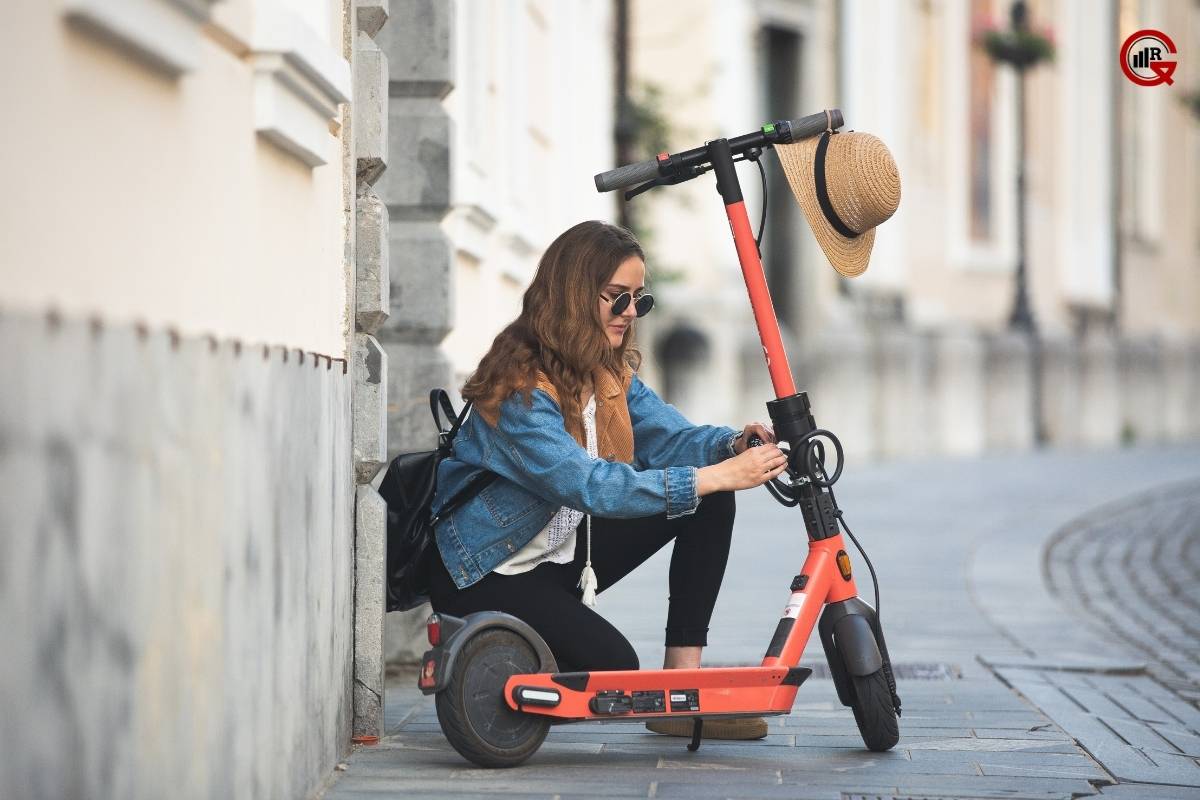Mobility scooters have become indispensable aids for individuals with mobility impairments, providing them with newfound freedom and independence to navigate their surroundings. These electric-powered vehicles have evolved significantly over the years, offering enhanced features, improved functionality, and greater accessibility. In this article, we explore the evolution, benefits, and impact of mobility scooters on the lives of users.
The Evolution of Mobility Scooters:
Early Development: The concept of scooters can be traced back to the mid-20th century when crude versions of electric-powered personal vehicles were developed to assist individuals with mobility challenges. These early scooters were heavy, cumbersome, and lacked the advanced features found in modern models. However, they represented a significant advancement in mobility assistance technology at the time.
Technological Advancements: With advancements in battery technology, motor efficiency, and design innovation, motion scooters underwent significant improvements in the late 20th and early 21st centuries. Lightweight materials, such as aluminum and composite plastics, replaced heavier steel frames, making scooters more portable and maneuverable. Additionally, the introduction of rechargeable lithium-ion batteries extended the range and longevity of scooters, allowing users to travel longer distances on a single charge.
Enhanced Features and Customization: Modern mobility scooters are equipped with a wide range of features and customization options to meet the diverse needs of users. These include adjustable seating, ergonomic controls, customizable speed settings, and various accessories such as storage baskets, cup holders, and lighting systems. Some high-end models even offer advanced safety features like anti-tip mechanisms, automatic braking systems, and built-in GPS navigation.
Accessibility and Inclusivity: One of the most significant developments in the evolution of motion scooters is the focus on accessibility and inclusivity. Manufacturers have worked to design scooters that are user-friendly and easy to operate for individuals with a wide range of mobility impairments. This includes features like swivel seats, adjustable armrests, and tiller-mounted controls that accommodate users with limited dexterity or strength.
Benefits of Mobility Scooters:

Increased Independence: Motion scooters empower users to maintain their independence and participate more fully in daily activities and social engagements. With the ability to travel independently both indoors and outdoors, users can access shops, parks, and community events without relying on assistance from others.
Improved Mobility and Quality of Life: By providing a means of transportation for individuals with mobility impairments, motion scooters enhance mobility and quality of life. Users can enjoy greater freedom and autonomy, enabling them to remain active and engaged in their communities while reducing feelings of isolation and dependence.
Enhanced Safety and Comfort: Modern mobility scooters are designed with user safety and comfort in mind. Features like padded seats, adjustable suspension systems, and ergonomic controls ensure a smooth and comfortable ride, while advanced safety features provide added peace of mind for users and caregivers.
Environmental Sustainability: As an eco-friendly alternative to traditional gas-powered vehicles, motion scooters help reduce carbon emissions and environmental impact. By choosing electric-powered transportation, users contribute to a cleaner, more sustainable future while enjoying the benefits of convenient and accessible mobility.
Cost-Effective Transportation: Compared to other mobility aids such as wheelchairs or motorized scooters, mobility scooters offer a cost-effective transportation solution for individuals with mobility impairments. With relatively low operating costs and minimal maintenance requirements, scooters provide an economical and practical means of getting around.
Impact of Mobility Scooters:

Social Inclusion: Motion scooters promote social inclusion by enabling users to participate more fully in social activities, community events, and outings with friends and family. By removing barriers to mobility, scooters facilitate meaningful connections and foster a sense of belonging for individuals with disabilities or mobility limitations.
Economic Empowerment: Access to mobility scooters can have a positive economic impact on individuals and communities by enabling users to remain active in the workforce, engage in volunteer activities, and contribute to the local economy. By promoting independence and self-reliance, scooters empower users to pursue their goals and aspirations without limitations.
Public Accessibility: The widespread availability of motion scooters in public spaces, shopping centers, and transportation hubs enhances accessibility for individuals with mobility impairments. Public awareness and acceptance of scooters as legitimate mobility aids help create a more inclusive and accommodating environment for all members of society.
Health Benefits: In addition to promoting independence and social inclusion, motion scooters also offer various health benefits for users. By enabling individuals with mobility impairments to engage in regular physical activity and outdoor exploration, scooters contribute to improved cardiovascular health, muscle strength, and overall well-being. The ability to travel independently also reduces sedentary behavior and promotes mental health by combating feelings of isolation and depression.
Innovative Design Trends: The future of motion scooters is marked by ongoing innovation and design trends aimed at enhancing functionality, comfort, and accessibility. Manufacturers are exploring new materials, advanced propulsion systems, and smart technology integration to create next-generation scooters that are lighter, more efficient, and easier to use. From foldable, travel-friendly models to all-terrain off-road scooters, the market offers a diverse range of options to suit the diverse needs and preferences of users.
Regulatory Considerations: As the popularity of mobility scooters continues to grow, policymakers and regulatory agencies are addressing various safety and accessibility concerns to ensure the safe and responsible use of these devices. This includes establishing guidelines for scooter design, performance standards, and user training programs. By promoting compliance with regulations and standards, stakeholders can enhance the overall safety and reliability of motion scooters for users and pedestrians alike.

Future Outlook: Looking ahead, the future of mobility scooters is bright, with continued advancements expected to further enhance accessibility, performance, and user experience. From improved battery technology and energy efficiency to advanced safety features and autonomous navigation systems, the possibilities for innovation are endless. As society continues to prioritize inclusivity and accessibility, motion scooters will play an increasingly important role in empowering individuals with mobility impairments to lead active, independent lives.
Conclusion:
Mobility scooters have revolutionized the way individuals with mobility impairments experience the world, providing them with newfound freedom, independence, and opportunities for social engagement. Through technological advancements, enhanced features, and a focus on accessibility, motion scooters continue to evolve as indispensable tools for promoting mobility, inclusion, and quality of life for users of all ages and abilities. As we look to the future, continued innovation and collaboration within the industry promise to further enhance the capabilities and impact of motion scooters, ensuring that individuals with mobility challenges can live life to the fullest.






